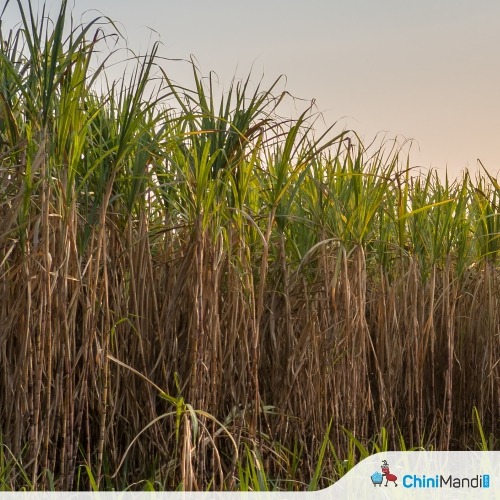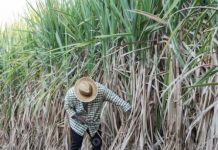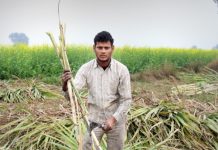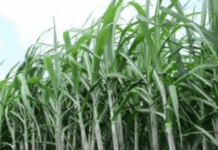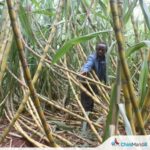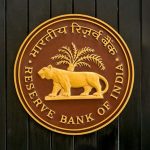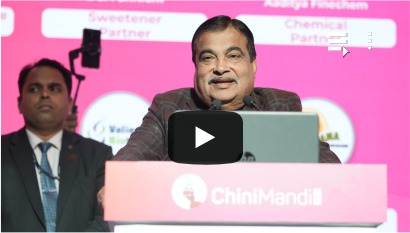With pest and disease outbreaks increasingly threatening sugarcane crops, the Commission for Agricultural Costs and Prices (CACP) has recommended a stronger focus on pest-resistant sugarcane varieties and integrated pest management (IPM) strategies to help farmers protect their harvests, reports The Hindu Businessline.
In its latest non-price recommendations for sugarcane pricing policy for the 2025–26 season, CACP emphasized the urgent need to address challenges such as red rot and top borer attacks, which have severely affected yields—particularly in popular varieties like Co 0238 during the last cropping season.
“To reduce these risks, farmers should be encouraged to grow disease- and pest-resistant varieties and adopt improved farming methods that help manage pests naturally and sustainably,” the commission stated.
The advisory body also highlighted the critical shortage of quality seed cane as a major roadblock to improving productivity, sugar recovery, and profitability. It called for joint action from the Indian Council of Agricultural Research (ICAR), State Agricultural Universities (SAUs), State Governments, and sugar mills to close this gap.
“Improving how often and how quickly farmers switch to better varieties is essential,” the report noted. “We need to develop climate-resilient sugarcane that can resist pests and diseases while producing more sugar.”
To increase awareness and adoption of improved practices, the commission recommended targeted outreach programs to educate farmers about new varieties and IPM methods. The commission also took note of the recent increase in the Fair and Remunerative Price (FRP) to ₹355 per quintal for the 2025–26 season—a 4.4% hike—based on its recommendation.
Recognizing the high cost of machinery as a barrier to mechanization, CACP called on sugar mills to assist in setting up Custom Hiring Centers (CHCs) and support Farmer Producer Organisations (FPOs) and entrepreneurs who can offer equipment like harvesters and planters on rent. It further urged collaboration between ICAR institutes, engineering bodies like the ICAR-Central Institute of Agricultural Engineering, and Indian Institutes of Technology (IITs) to design affordable harvesters suitable for Indian conditions.
To support this initiative, the commission proposed that dedicated funds be allocated for sugarcane mechanization under the Sub-Mission on Agricultural Mechanisation (SMAM).
The report also revived the long-standing debate on sugarcane pricing systems, calling for the discontinuation of the State Advised Price (SAP) mechanism. It argued that SAPs—announced in states like Uttar Pradesh, Haryana, Punjab, and Uttarakhand—create market distortions, strain sugar mills financially, and offer no link to sugar recovery performance.
“SAP creates unfair pressure on mills and doesn’t reward better efficiency or higher sugar output. For example, while the gap between SAP and FRP has reduced in Uttar Pradesh due to improved recovery rates, it remains wide in other states because of low recovery and rising SAP,” the CACP stated.
As an alternative, the commission recommended either full adoption of the FRP or a Revenue Sharing Formula (RSF). If states insist on keeping SAP, it said, the gap between SAP and FRP should be covered through Direct Benefit Transfer (DBT) directly to farmers, ensuring that sugar mills aren’t overburdened.

